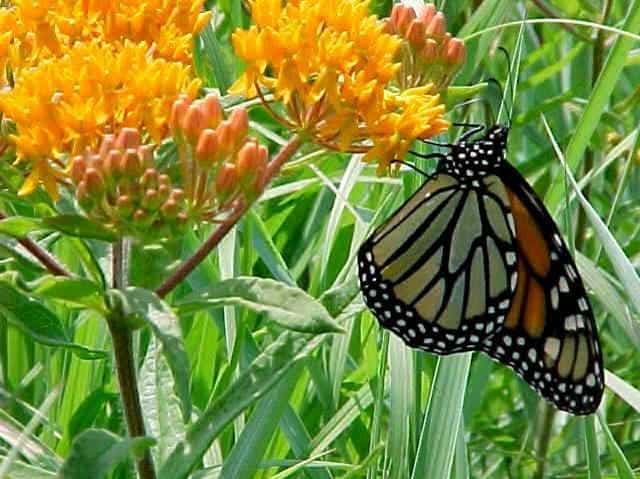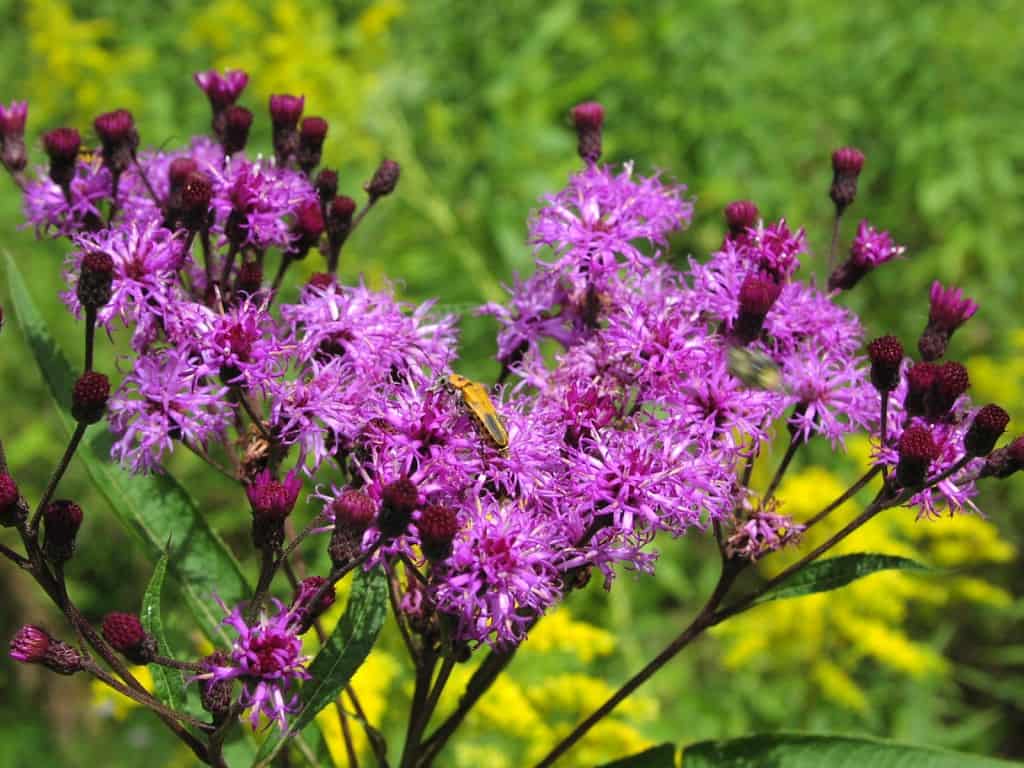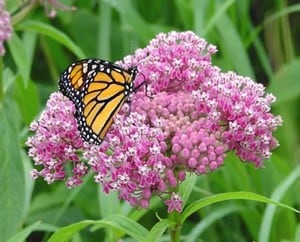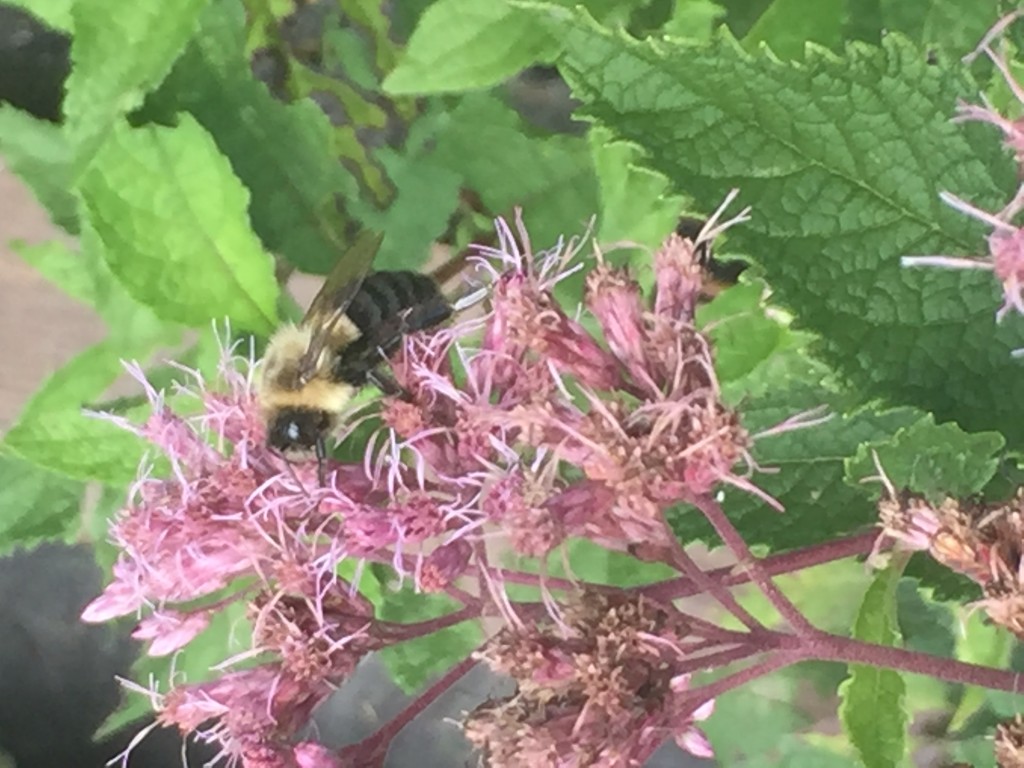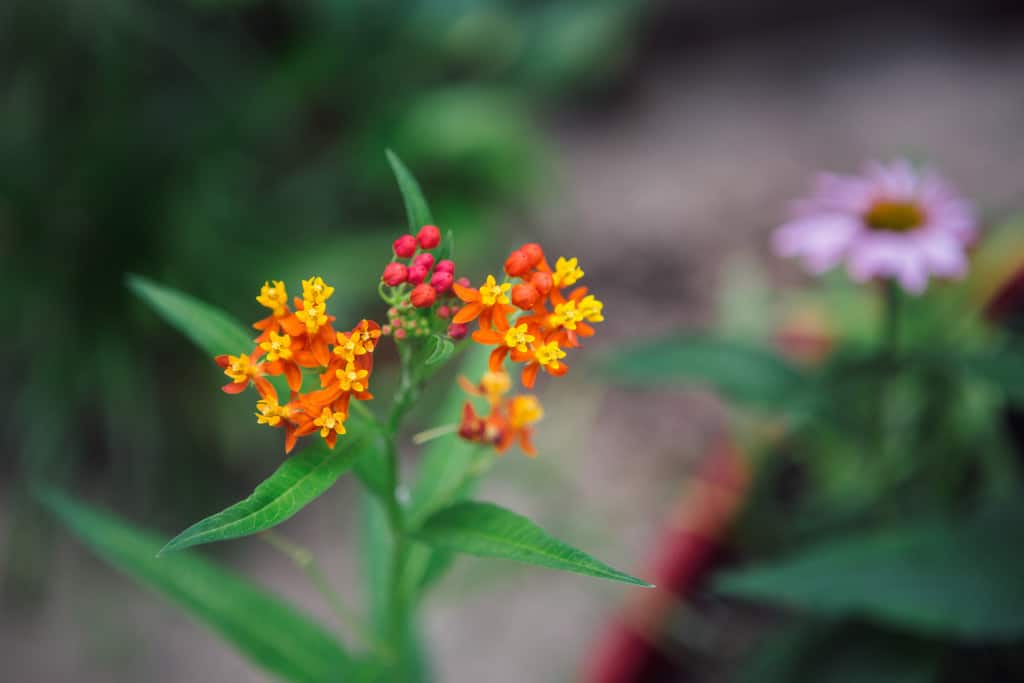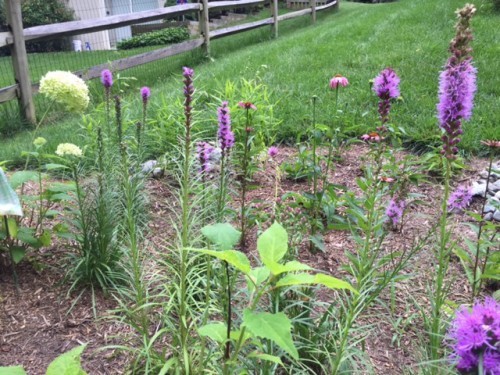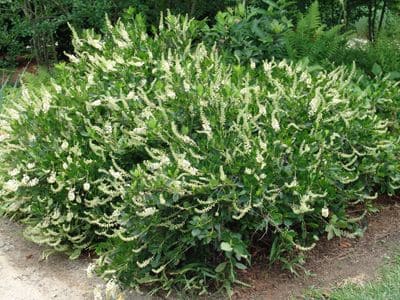Maryland is home to a wealth of pollinator plants, and as Howard County falls both in the geographic Mid-Atlantic region and botanical Eastern Broad-Leaf Forest region knowing just what is native can be confusing. To add to confusion, many people think of the middle to end of September and October as inhospitable to our flying friends. The truth is, you just may not have the right pollinator plants in your garden to keep the bees buzzing, humming birds humming, and butterflies fluttering. It’s not to late to plant them because late summer and early autumn mean cooling weather give roots time to establish with less heat and little chance of a hard frost. This helps your new garden establish before next years’ HOT and humid summer. These plants are native to the Eastern or Southeastern US and offer great benefits to our local pollinators. If you plant these in a ‘wild border’ garden (somewhere along the edge of woods or a meadow, somewhere they have room to spread) they naturalize very well and create a great place to sit and watch birds and pollinator insects dining daily.
Vernonia novabonariensis- New York Ironweed
New York Ironweed is a late blooming plant that can reach heights up to 7 feet tall, so while it isn’t for a garden you want to keep close to the ground, it is for the lover of bees and butterflies as its purple flowers attract larges numbers of each (bees are attracted to ultraviolet shades and butterflies to purples). You may even see some moths and flies helping pollinate too, as they are also drawn to purples. While not as pretty, flies and moths can be just as beneficial to your garden. This plant can usually be found growing in meadows and along road sides and looks good in a wild border garden planted with grasses, black eyed susan, milkweed, butterfly weed and joe pye weed to name a few worth companions.
Asclepias syrica and Asclepias incarnata- Milkweed
Milkweed finds itself wonderfully at home in wet areas and meadows and woodland border areas. Common Milkweed (Asclepias syrica) grows to be two to three feet tall, does best in full fun, and will attract, bees, butterflies, and flies with it’s pale purple color. Swamp Milkweed (Asclepias incarnata) is slightly taller at four to five feet, will take sun or partial shade, and has a pink or red flower that attracts bees, butterflies, and hummingbirds. Between the two any wet areas of your garden will be lively from May to October! Milkweed is the only plant that provides FOOD and a host for monarch butterflies. Recent reduction in ‘weedy border areas’ along roadsides and farm fields has greatly reduced this necessary plant for Monarchs. If everyone planted 6 of these plants on their property it would greatly increase the chances of bringing Monarchs back in stronger numbers.
Eupatorium maculatum- Joe Pye Weed
Joe Pye Weed is a mid-summer bloomer, but may stay around until October. It is another tall plant, growing from 4 to 10 feet, tolerates partial shade, and prefers moist soil, though not the wet areas preferred by Milkweed. A pale pink, it attracts both bees and butterflies from July into the fall. This is a great wild border plant and can be planted along side Vernonia, milkweed, grasses and black eyed susan.
Asclepias tuberosa- Butterfly Weed
An orange, shorter cousin of Common Milkweed, Butterfly Weed grows to be one to three feet tall, will (like Swamp Milkweed) take to sun or partial shade, and can find it’s home in dry to moist soil. It’s season ends soon, however, as it blooms from May to August. This is a great plant if you are trying to support pollinators. It’s beautiful and is also a host plant for the Monarch butterfly. This is one of two plants that Monarch’s can rest on and lay eggs. I met a woman who said she saw Monarch caterpillars actually eating her butterfly weed. Has anyone else seen this? Has anyone seen any Monarchs in their gardens this year?
Liatris spicata- Gayfeather
Liatris, or Gayfeather, may be the perfect flower for temperamental Maryland summers: it prefers moist well drained soils and full sun, but can tolerate, heat, humidity, and droughts and is deer and rabbit resistant. This two to four foot flower ought to bring you scores of butterflies and humming birds from midsummer through the fall. I use liatris in rain gardens a lot! I like to combine them with Hydrangea arborescens, purple coneflower and switch grass. Pictured above is Liatris spicata. I’ve also used Liatris microcephala which is a nice shorter variety. The locally native Liatris gramnifolia has been hard for me to find in retail.
Clethra alnifolia- Summersweet
Summersweet is the only shrub on our Top 6 Pollinators list, but it certainly deserves it’s spot. Summersweet ‘Hummingbird’ grows between two and four feet tall with a three to five foot spread, so it will certainly fill your garden well. It may have a relatively short bloom period of four to six weeks in mid to late summer, but it’s fragrant white blooms attract butterflies and hummingbirds galore! Summersweet needs moist, sandy, acidic soil, so make sure you water if there hasn’t been any rain lately and check the soil’s pH (or have us do it on a maintenance visit). In spite of needing a specific soil type Summersweet is still a great choice (especially near a pond) as it is deer resistant. The ones we have here smell very fragrant and are COVERED in pollinators! This plant will tolerate heavy clay, erosion, wet soil and is one of the few summer blooming shrubs that will tolerate shade.

